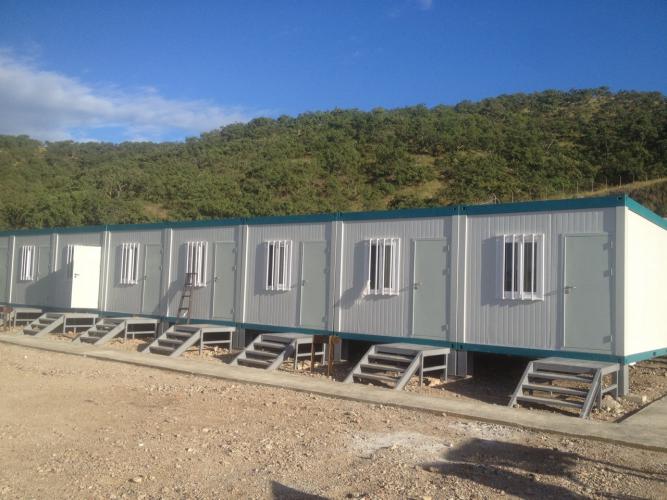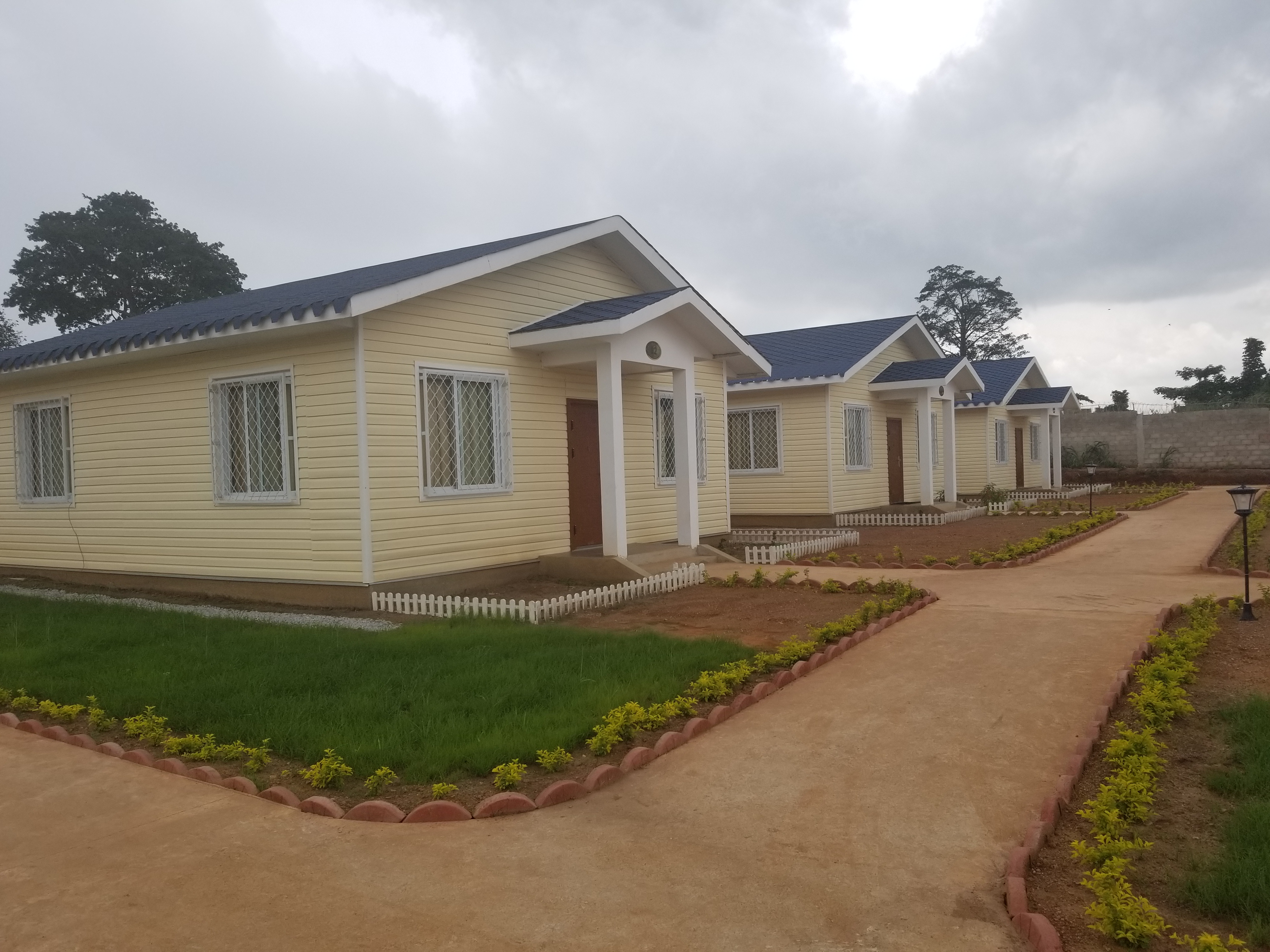
A well-built expandable prefab house typically lasts 20-30 years with proper maintenance, though some can exceed 30 years in ideal conditions. However, the real question isn't just lifespan—it's whether the total cost of ownership makes sense for your specific needs. For temporary projects (5-10 years), expandable houses are excellent value. For permanent housing, you might want to reconsider.
The Appeal: Why Expandable Prefab Houses Look So Good on Paper
Expandable prefab houses have captured significant market attention, and for good reasons:
Cost Efficiency: They reduce shipping costs by 50-70% compared to conventional modular homes by folding down to nearly flat during transport. A basic 18 m² unit costs as little as $900 in China, while a mid-range 40-foot expandable unit runs $1,880-$2,078 in bulk orders.
Speed: Installation takes days rather than weeks. A 200 m² villa can be assembled in 15-30 days—70% faster than traditional construction.
Flexibility: These structures can expand 50-70% in usable area once deployed, making them ideal for sites where space constraints limit construction.
Sustainability: Made from recycled steel and designed for disassembly, they generate 90% less waste than traditional construction.
For developers building temporary worker camps, emergency housing, or remote facilities, expandable houses represent genuine innovation at lower cost points.
The Reality: What Actually Happens Over 20 Years
But owning and maintaining an expandable prefab house tells a different story than the initial pitch suggests.
Year 1-5: The Honeymoon Period
During the first 5 years, most expandable houses perform well. The expansion mechanisms work smoothly, seals are intact, and the structure feels solid. Annual maintenance costs are minimal—perhaps $500-$1,000 per year for basic inspections and touch-ups.
This is when expandable houses shine in developer ROI calculations. Low upfront cost, quick deployment, and minimal early maintenance costs create an attractive financial picture.
Year 5-10: When Maintenance Becomes Real
Around year 5, things change. This is when the cost-benefit equation begins to shift:
Seal Degradation: The seals and gaskets around expansion joints start to deteriorate. UV exposure, thermal cycling between seasons (temperature swings of 40-60°C are common), and constant micro-movements from expansion and contraction cycles cause sealant materials to dry out, crack, and peel.
Early signs include:
Minor water stains in corners or along seams
Drafts around windows and doors
Small rust spots appearing around bolted connections
At this stage, maintenance costs jump to $1,500-$3,000 annually as property managers begin annual re-sealing operations and minor repairs.
Expansion Mechanism Wear: The mechanical systems that expand and contract the structure begin showing their age. Hydraulic cylinders (if used) may start leaking. Bolted connections loosen over time from vibration and mechanical stress. Manual expansion systems require increasing force to operate smoothly.
Corrosion Begins: In humid, coastal, or industrial environments, this is when steel corrosion accelerates. Salt spray or high moisture environments can cause rust to appear on exterior surfaces. More concerning is internal corrosion—water that's been seeping past degraded seals begins corroding steel from the inside, where it's invisible until damage is advanced.
Year 10-15: The Decision Point
This is when many property owners face the real decision: continue investing in maintenance, or plan for replacement.
Maintenance Costs Spike: Annual maintenance now requires professional servicing of expansion mechanisms, comprehensive re-sealing of all joints, rust treatment, and repairs to corroded areas. Budget $3,000-$6,000 annually, and these are just preventive costs. Reactive repairs (replacing failed components) can add $5,000-$20,000 in unexpected expenses.
Structural Concerns Begin: Accumulated corrosion, especially around joints and connection points, may start creating safety concerns. Inspections reveal weakening of structural integrity in areas with chronic water infiltration.
Insurance and Liability: Some insurance providers increase premiums significantly for structures over 10 years old. Others may refuse coverage entirely for expandable structures in harsh environments.
For facilities with temporary timelines, this is when expandable houses show their value—the structure is still adequate for temporary use, and you can plan for removal or replacement.
For facilities expecting semi-permanent operation, this is where costs begin exceeding the value proposition of alternative approaches.
Year 15-30: The Long-Term Challenge
Structures that reach 15+ years are typically those in mild climates with exceptional maintenance. In harsh environments, they're often retired or heavily rebuilt.
Expanding Repair Costs: Annual maintenance and repairs now consume 20-25% of the original purchase price. What was once an affordable housing solution requires continuous capital investment.
Replacement Calculus: At year 15, a $10,000 unit has cost an additional $40,000-$50,000 in cumulative maintenance over 15 years. A new replacement unit costs roughly the same initial price but comes with warranty and modern design improvements. The economic case for continued use weakens dramatically.
Environmental Degradation: In coastal regions, salt corrosion may have compromised structural integrity to unsafe levels. In humid tropical climates, mold and moisture damage to interior finishes creates habitability concerns.
Total Cost of Ownership: The Real Financial Picture
Here's where many developers make poor decisions: they focus on the initial purchase price while ignoring lifetime operating costs.
Conservative Analysis
Let's compare the real cost of ownership for an expandable prefab house versus a conventional modular unit:
Expandable Prefab House ($2,000 initial)
Initial cost: $2,000
Years 1-5 maintenance: $500/year × 5 = $2,500
Years 5-10 maintenance: $2,000/year × 5 = $10,000
Years 10-15 maintenance: $4,000/year × 5 = $20,000
Total 15-year cost: $34,500
Cost per year of service: $2,300
Conventional Modular Unit ($4,000 initial, 30-year lifespan)
Initial cost: $4,000
Years 1-10 maintenance: $300/year × 10 = $3,000
Years 10-20 maintenance: $800/year × 10 = $8,000
Years 20-30 maintenance: $1,500/year × 10 = $15,000
Total 30-year cost: $30,000
Cost per year of service: $1,000
Even though the conventional unit costs twice as much initially, its total cost of ownership over 30 years is actually lower, and it lasts 50% longer. More importantly, the per-year cost is dramatically lower.
This math changes significantly depending on your timeline, climate, and maintenance capacity.
When Expandable Prefab Houses ARE Worth It
Expandable houses make excellent financial sense in specific scenarios:
Short-Duration Projects (3-7 years)
Mining operations, construction projects, disaster relief, and temporary industrial facilities benefit greatly from expandable houses. The mathematics work beautifully: minimal maintenance costs, quick setup, and planned removal before major degradation occurs. In this context, the 50-70% shipping cost savings and rapid deployment justify the choice completely.
Remote Locations with Limited Maintenance Capacity
When professional maintenance services aren't readily available, expandable houses' simpler design is an advantage. There's less that can fail catastrophically, and basic repairs can be performed by less specialized personnel.
Predictable Climate Environments
Dry, temperate climates with moderate temperature variations and minimal salt spray exposure add 5-10 years to a structure's practical lifespan. If your facility is in an inland, semi-arid location with predictable weather, expandable houses age much more slowly than in harsh coastal or tropical environments.
Development or Trial Projects
If you're testing a concept or developing a market, expandable houses let you prove viability with minimal capital investment. You can expand your operation to a permanent solution once you've validated demand.
When You Should Consider Alternatives
Long-Term or Permanent Facilities (15+ years)
If your intended use extends 15-20+ years, conventional modular construction or traditional site-built options typically offer better total cost of ownership despite higher initial prices.
Coastal or High-Corrosion Environments
Harsh coastal climates with salt spray, high humidity, or extreme temperature variations dramatically reduce the practical lifespan and increase maintenance costs. The economics become unfavorable after 10-12 years in these environments.
Mission-Critical Applications
Healthcare facilities, educational institutions, or other high-occupancy operations requiring 24/7 reliability may experience unacceptable operational disruption from the maintenance issues and occasional mechanical failures that expandable structures experience.
Extreme Weather Zones
Regions with tropical cyclones, severe earthquakes, heavy snow loads, or extreme temperature swings (such as subarctic locations) put exceptional stress on expansion mechanisms. Failure rates increase, and repair timelines extend.
The Hidden Maintenance Reality
Most developers vastly underestimate actual maintenance requirements. Here's what genuine maintenance looks like:
Quarterly Tasks
Visual inspection of all exterior seams and joints
Check for water stains or moisture damage inside
Test expansion/contraction mechanism operation
Clear debris from roof and drainage areas
Annual Tasks
Professional inspection of expansion mechanism
Complete re-sealing of all joints and seams
Rust inspection and treatment as needed
Electrical system inspection
Plumbing system inspection
Every 5 Years
Replacement of weathered gaskets and seals
Repainting or protective coating refresh
Deep inspection for hidden corrosion
Structural assessment by qualified engineer
Every 10 Years
Complete mechanical overhaul of expansion systems
Internal inspection of hidden cavities for corrosion
Replacement of major seals and moving components
Facilities that skip or delay this maintenance face cascading problems: minor water infiltration becomes major corrosion, small seal failures become structural compromises, and manageable maintenance costs become emergency repairs.
The Climate Factor: Location Dramatically Changes the Equation
A critical variable often missing from vendor marketing is environmental impact on lifespan:
Ideal Conditions (dry inland, 10-20°C temp range): 30+ years
Normal Conditions (temperate coast, moderate humidity): 20-25 years
Challenging Conditions (tropical, high humidity, salt spray): 15-20 years
Harsh Conditions (arctic, extreme temperature swings): 15-20 years practical use before major repairs needed
Extreme Conditions (tropical cyclone zone, salt-heavy atmosphere): 10-15 years before major structural concerns emerge
This means an expandable house purchased for a remote Australian mine might perform excellently for 25 years, while an identical unit deployed in coastal Brazil might face serious maintenance issues after 12 years.
What Vendors Don't Emphasize
Here are the realities that don't make it into sales presentations:
Expansion Mechanism Reliability: The mechanical systems that expand and contract aren't 100% reliable. Over decades, hydraulic lines can leak, manual systems can jam, and moving parts can bind. Professional technicians are required to diagnose and repair these failures, adding significant service costs.
Water Infiltration is Persistent: No matter how well-sealed during manufacture, expandable houses eventually leak. The repeated expansion and contraction cycles create new micro-gaps in seals. Re-sealing is genuinely required every 1-2 years in harsh climates.
Customization Becomes Expensive: Any modifications—additional windows, different interior layouts, added insulation—become engineering projects that eliminate the cost savings that made expandable houses attractive initially.
Resale Value is Poor: An 8-year-old expandable house is not a desirable asset. Potential buyers understand the maintenance burden ahead. Resale typically nets 30-50% of original cost at best.
Financing and Insurance Are Problematic: Banks and insurers view expandable structures as temporary or short-term assets. Financing terms are less favorable than conventional buildings, and insurance costs are higher. Some insurers refuse coverage entirely.
The Bottom Line: Is It Worth It?
If your timeline is 5-10 years: YES. Expandable houses represent excellent value for temporary projects. The initial cost savings and rapid deployment justify the choice, and you'll exit before major maintenance costs accumulate.
If your timeline is 10-15 years: MAYBE. Carefully evaluate your climate, assess your maintenance capacity, and calculate realistic total cost of ownership. In mild climates with professional maintenance available, the math can work. In harsh environments, conventional alternatives become more economical.
If your timeline is 15+ years: PROBABLY NOT. Cumulative maintenance costs, structural durability concerns, and the emergence of newer building technologies make alternative approaches more economical.
If your location is coastal, tropical, or extreme climate: RECONSIDER. The environmental premium on maintenance costs and accelerated degradation shifts the economics dramatically against expandable houses.
Making Your Decision
Before committing to expandable prefab housing, answer these questions honestly:
What is the realistic intended lifespan? Be specific—5 years? 10 years? 20 years?
What is your climate? Harsh coastal environment? Humid tropics? Dry inland? This single factor can change total cost of ownership by 50%.
Who will maintain this facility? Can you access qualified technicians for expansion mechanism servicing? Will maintenance actually happen on schedule, or will it be deferred until problems emerge?
What is your maintenance budget? Can you genuinely budget $1,500-$3,000 annually starting in year 5, scaling up to $4,000-$6,000 by year 10?
What are true exit costs? If you need to remove or replace this structure in 10 years, what is the disposal cost? How does that factor into the total cost of ownership?
Expandable prefab houses aren't a scam or a bad product. They're simply a different choice with different economics. For the right application—temporary projects in predictable environments—they're exceptional value. For permanent housing or long-term facilities, you need to look at the complete financial picture, not just the attractive initial price tag.
The vendors know the numbers. They're happy to sell you a solution optimized for their manufacturing and logistics efficiency. Your job is to ensure it's optimized for your actual operational timeline and environmental conditions.
That's when expandable prefab houses truly become the right choice.



More

More
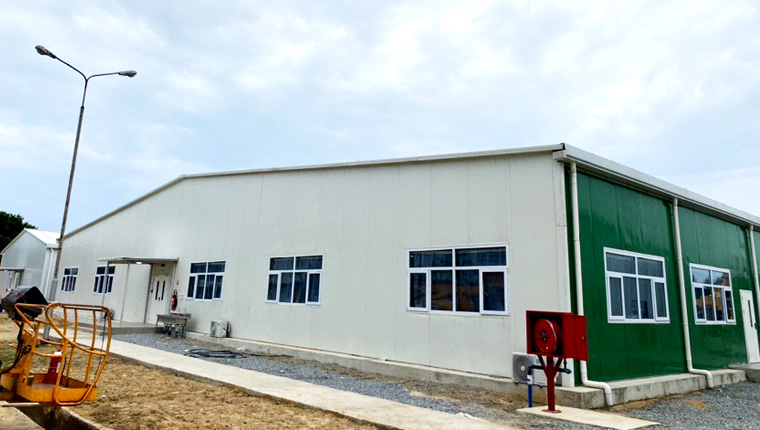
More
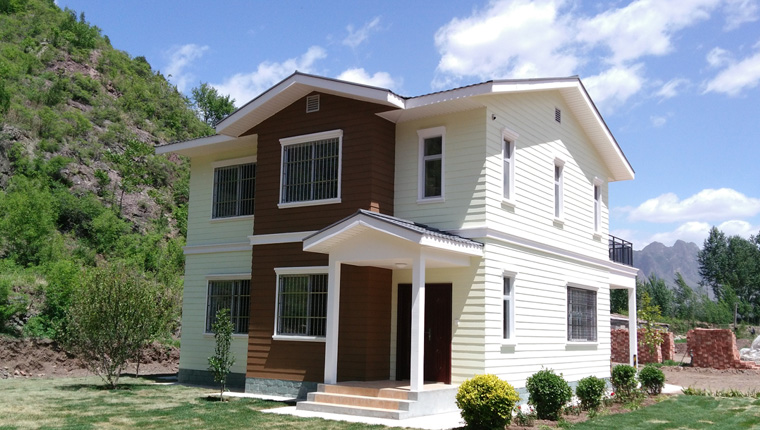
More
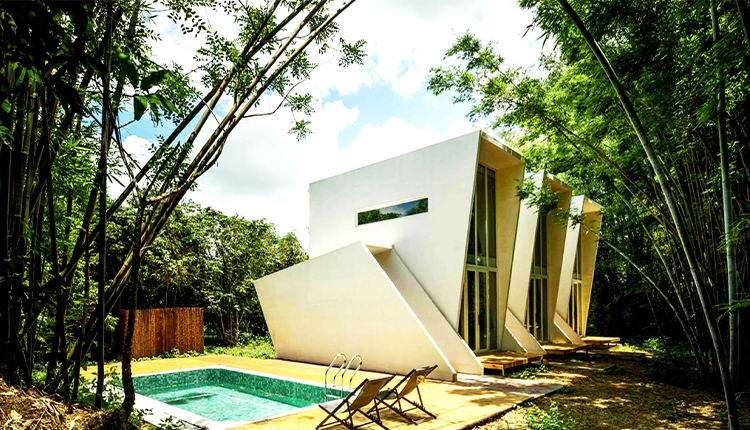
More
Learn More


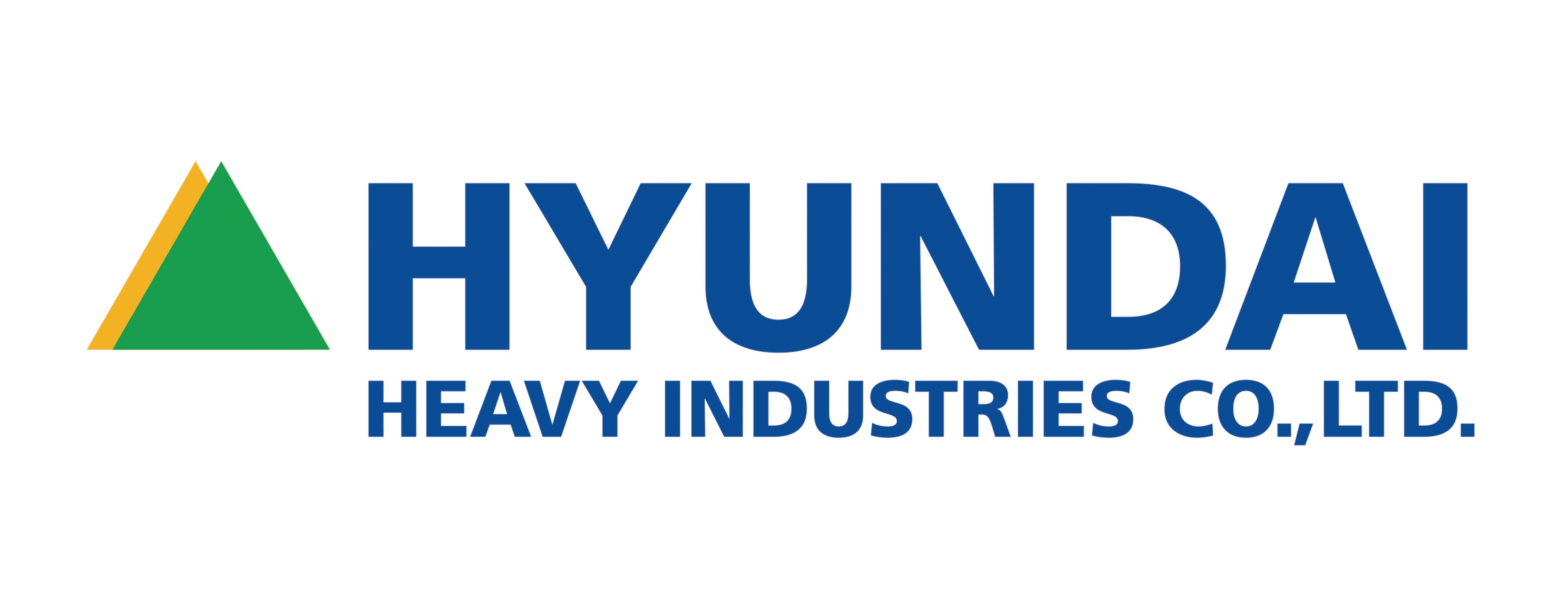
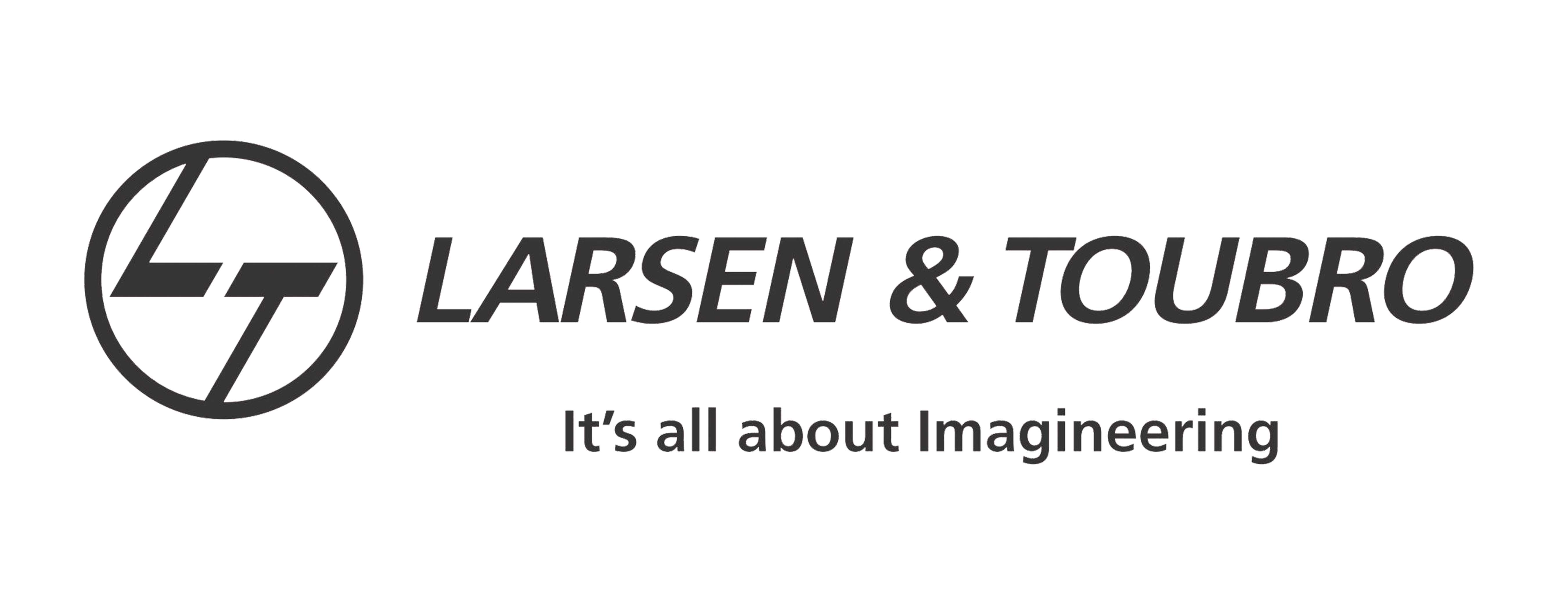






















![Top Advantages of Modular Construction Explained [2025]](/uploads/upload/images/20250424/0fb390068474145a09a8c0504c73b1d2.png)
